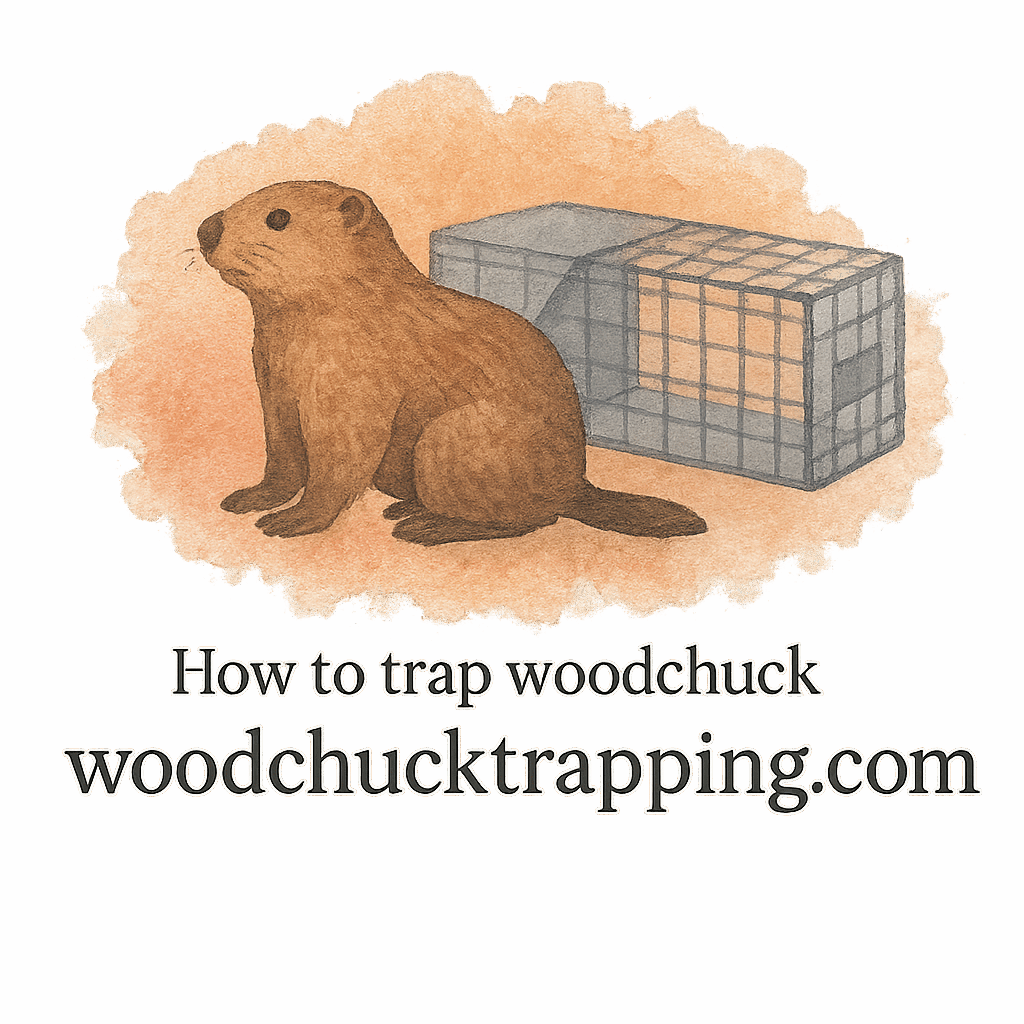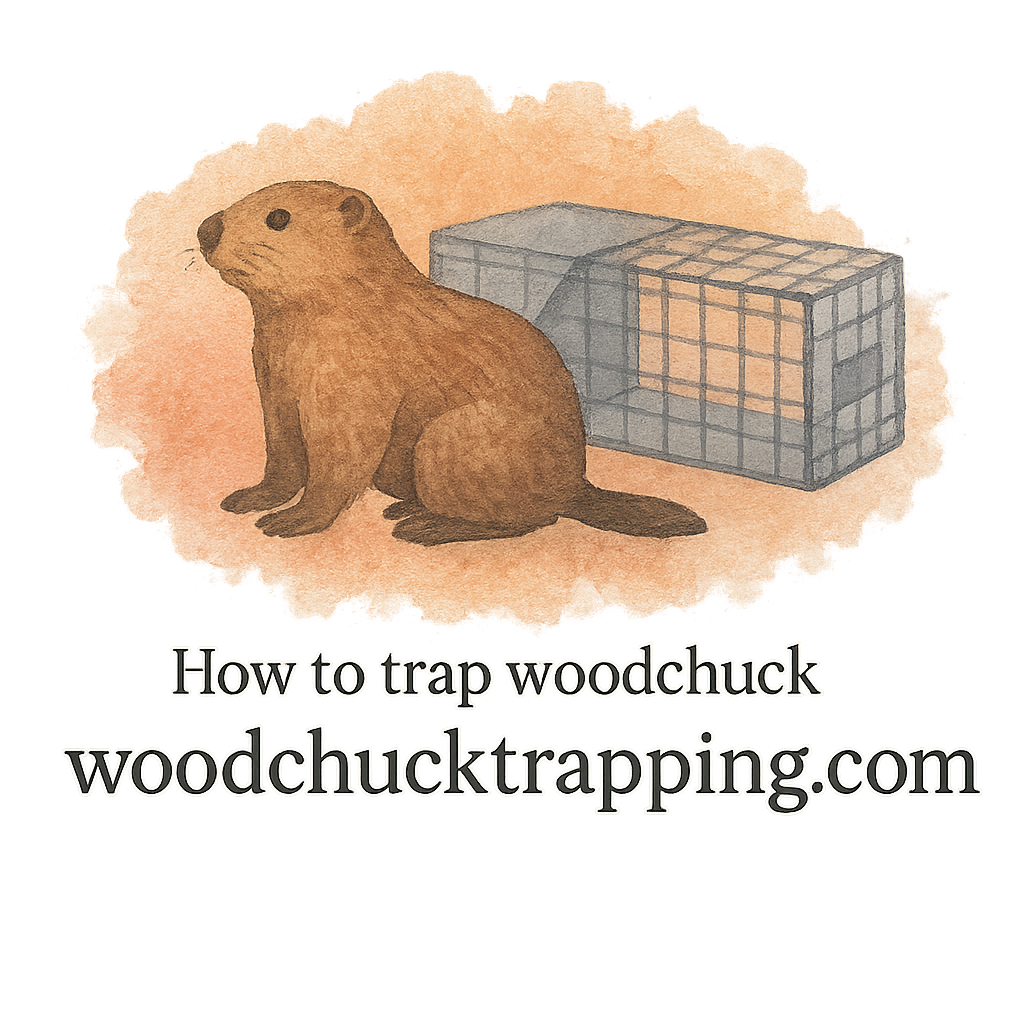Introduction
Ever felt like you’ve set everything up perfectly, only to find your woodchuck traps empty day after day? You’re not alone. Many homeowners and even experienced trappers struggle with woodchuck trapping. The truth is, small mistakes can make the difference between success and failure. In this guide, we’ll break down the 6 biggest reasons woodchuck trapping techniques fail—and more importantly, how you can fix them.
Why Woodchuck Trapping Matters
The Growing Problem of Woodchuck Infestation
Woodchucks, also known as groundhogs, may look harmless, but when they invade your property, they quickly become a headache. They dig deep burrows, compromise foundations, and destroy gardens. If left unchecked, a single woodchuck can expand into a full-blown infestation.
Damage Caused by Woodchucks
From gnawed plants to collapsed soil, the yard damage they cause can be extensive. Their burrows weaken structures, and their appetite for vegetables can wipe out gardens in days. That’s why effective trapping techniques are essential.
Common Reasons Woodchuck Trapping Techniques Fail
Reason 1: Using the Wrong Trapping Equipment
One of the top reasons trapping fails is using traps that aren’t designed for woodchucks. Cheap or undersized traps may not hold them, while poor-quality gear can break.
How to Fix It
Invest in proper trap gear. Look for sturdy, compact traps designed specifically for medium-sized wildlife. Read trusted equipment reviews before purchasing.
Reason 2: Poor Placement of Traps
Even the best trap won’t work if it’s in the wrong place. Setting traps away from active burrows or food sources reduces your chances dramatically.
How to Fix It
Study the signs of activity—look for fresh dirt near burrows and chewed plants. Position traps directly in their travel paths or near entrances.
Reason 3: Ineffective Baiting and Luring
Bait is everything. Using the wrong food, or not masking human scent, will leave traps untouched. Many beginners underestimate the importance of lures and scent bait.
How to Fix It
Use proven foods like apples, cantaloupe, or fresh greens. Enhance effectiveness with baiting and luring guides. Always wear gloves to avoid transferring human scent.

Reason 4: Ignoring Woodchuck Behavior and Signs
Woodchucks are cautious creatures. If you don’t understand their habits—such as feeding times or preferred pathways—you’ll keep missing them.
How to Fix It
Learn how to trap effectively by studying their behavior. Watch for patterns, like when they leave their burrows, and adapt your techniques accordingly.
Reason 5: Overlooking Laws and Safety Guidelines
Trapping isn’t just about catching—it’s about doing it legally and safely. Ignoring local regulations can lead to fines or worse. Skipping safety steps also puts you and the animal at risk.
How to Fix It
Always check laws and safety requirements in your area. Use proper handling methods and protective gear. Prioritize safety for both yourself and the woodchuck.
Reason 6: Mishandling Trapped Animals
Even after successfully trapping, mistakes can happen. Rough handling can harm the animal or create escape opportunities. Worse, improper techniques risk injury to you.
How to Fix It
Handle with care. Use humane methods when transporting and releasing. Learn proper trapped animal handling with the right tools and protective measures.
Pro Tips for Successful Woodchuck Trapping
Choosing Humane Trapping Methods
Humane trapping isn’t just ethical—it’s effective. Stress-free methods increase your odds of success. Explore guides on trapping essentials and humane trapping.
Preventing Yard Damage Before It Starts
Prevention beats cure. Reduce attractants in your yard, seal entry points, and maintain fences. Learn about prevention and damage control strategies for long-term peace of mind.
Conclusion
Woodchuck trapping doesn’t have to be a frustrating guessing game. By avoiding these six common mistakes—wrong equipment, poor placement, bad baiting, ignoring behavior, skipping laws, and mishandling animals—you can finally outsmart these burrowing critters. With the right knowledge, tools, and techniques, you’ll protect your property and keep your sanity intact.
FAQs
1. What bait works best for woodchucks?
Fresh fruits like cantaloupe and apples are excellent, especially when paired with scent bait.
2. Where should I place my trap for the best results?
Near active burrows or along visible feeding paths.
3. How can I avoid transferring my scent to the trap?
Wear gloves when setting traps and handling bait.
4. Are woodchuck traps safe for small yards?
Yes, with the right minimal space strategies, traps can be highly effective in small yards.
5. Do I need a permit to trap woodchucks?
In many areas, yes. Always check laws and safety regulations.
6. What’s the most humane way to handle a trapped woodchuck?
Use proper handling tools, keep calm, and release in a safe, legal area.
7. How can I prevent future infestations?
Apply prevention techniques like fencing, repellents, and yard maintenance to discourage return visits.


